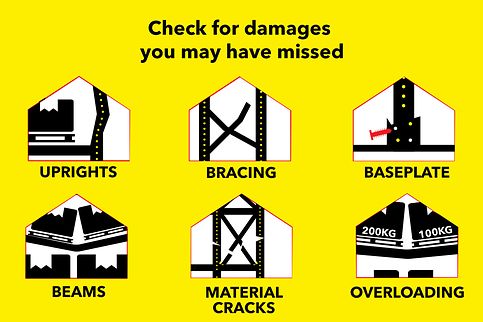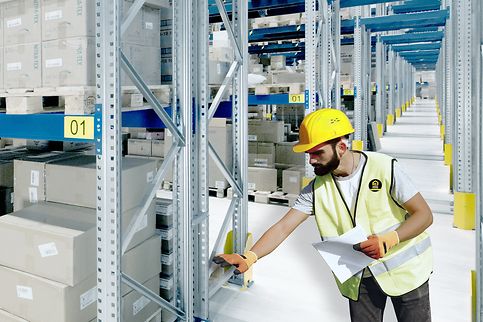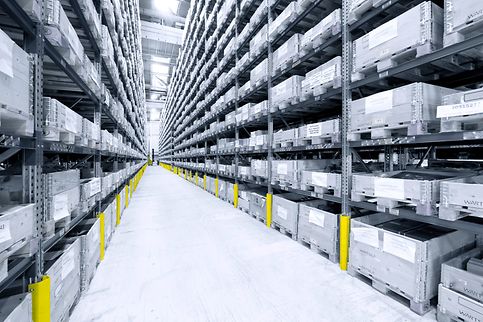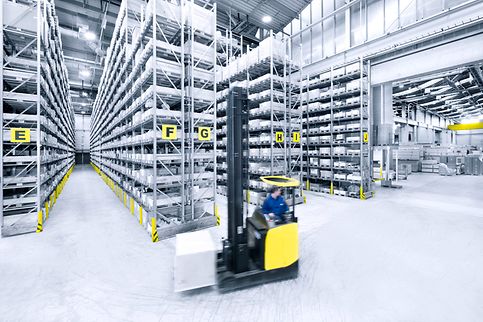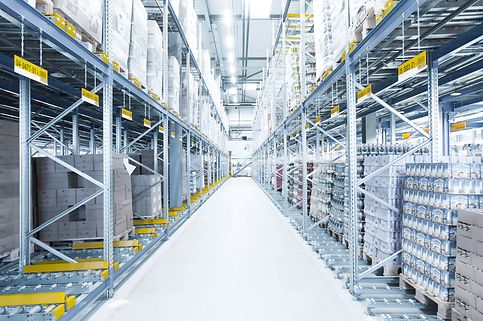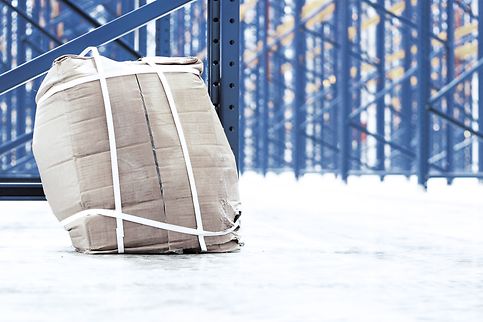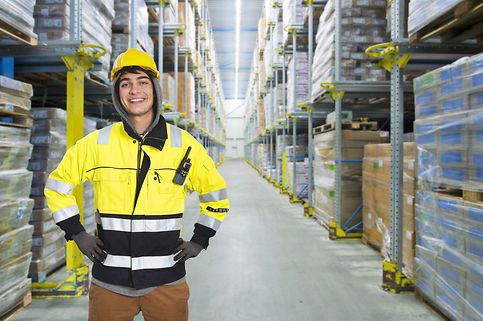Making The Warehouse A Safer Place
It’s easy to take warehouse safety for granted. Unlike a construction site, a warehouse looks and feels safe. After all, there are no dangerous machines neither are the operations high risks. But the reality is accidents in warehouses occur rather frequently, though they are usually not fatal. In the rush to fulfil orders to meet ever tighter deadlines, slip ups occur. Lifting and moving heavy objects, going through the same motions repeatedly while lifting, reaching, pulling and pushing can result in muscle fatigue and injury.
According to the US Bureau of Labor Statistics, workers in transportation and warehousing experience nearly twice as many musculoskeletal injuries as other workers in private industry. Most common are injuries to the back, shoulders, hands and knees.
How can we make the warehouse a safer place? I believe we can promote warehouse safety through:
Better design and ergonomics
Establishing a safety culture
Having operating procedures
Instituting regular safety checks
Alternatively, you can download the full General Warehouse Safety Checklist here.
Better design and ergonomics
Warehouses may never be as safe as an office but we can minimise the hazards through good design. As a safety consultant so aptly put it, “Creating a safe warehouse does not happen by accident, it happens by planning to prevent accidents.”
Some things are obvious. To prevent man and machine from rolling off the loading docks, it is almost standard to install dock plates with non-skid surfaces, and use yellow edging on fixed plates to help prevent operators from driving off the side. And floor surfaces must be smooth and rut free to minimise slips and falls.
Just as important – though sometimes overlooked – is the need for adequate clearance for forklifts for all aisles to facilitate ease in replenishing and picking. Without adequate clearance, the probability of forklifts colliding into racks goes up several notches, with all the negative consequences. Pallet racks are not designed to withstand multiple hits by forklifts even at low speed.
It is also advisable to have rack protectors to safeguard racks against collisions. Rack protectors, like racks, are not made equally. Choose wisely as repairs and replacements can be costly.
Establishing a safety culture
Given the dynamism of a warehouse, it is virtually impossible to list down the minute dos and don’ts to ensure the warehouse is accident free. Only by developing a safety culture within the warehouse and ingraining in staff that safety is their responsibility, can we address this issue squarely.
They will know – without having to be reminded or told – that they should not leave large items where people can bump against them, materials should be stacked or stored securely and floors should be kept dry to prevent slips and falls. Neither will they be tempted to break rules, even when pressed for time, for instance order pickers will not climb racks to reach a much needed box when the floor level pallets are spent.
Signup a safety training course to ensure everyone are trained and kept up to date with warehouse safety operations guidelines.
Having operating procedures
Developing standard operation procedures (SOPs) is the hallmark of any good business. By establishing SOPs, it puts everyone on the same page and ensures consistency that is invaluable to smooth operation. What SOPs do we need for a warehouse? Among them are SOPs for receiving, storage, inventory checking, order picking, delivery and handling of returns.
Use ergonomic worktables for QC, or packaging, use hydraulic scissor lifts to bring pallets loads to the correct height to avoid unnecessary lifting. Establish maximum weight loads for crates totes or packages to ensure staff do not have to handle excessive loads.
Instituting regular safety checks
Regular inspection is necessary to add an extra layer of safety. For a multitude of reasons, many forklift accidents, collisions, dropped or misplaced loads have gone unreported.
For the racking system, any damage to the rack upright will affect its structural integrity and reduce its load carrying capacity. Should the rack collapse, it will damage not only the goods and disrupt operation, but it can also impair the company’s reputation. Hence, everything has to be thoroughly checked – the uprights, beams, footplates, racking braces and splices. (You may refer to the 'Top 10 rack and shelving damages you may have missed' here) Equal attention must be given to any unauthorised alteration and loading and/or overloading. Buy racks from reputable suppliers which comply with all international design standard and sign up for a rack inspection and maintenance program.
Ensure that all racks carry rack signage of safe work loads and safe working conditions.
Most warehouse accidents are avoidable if only we adopt preventive measures and take the necessary precautions.
